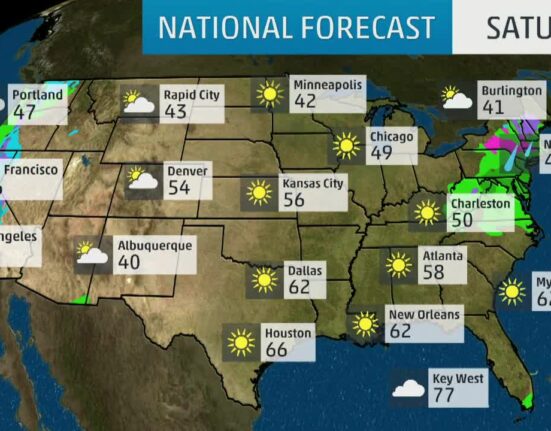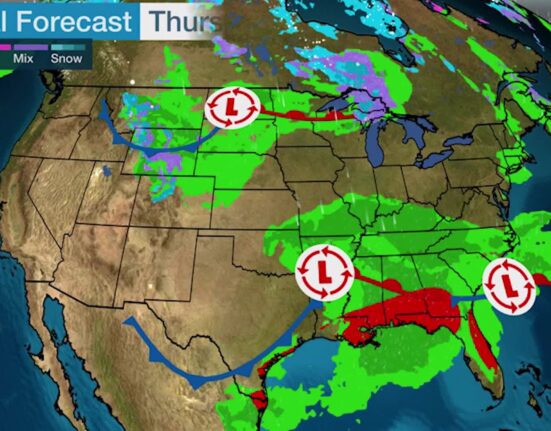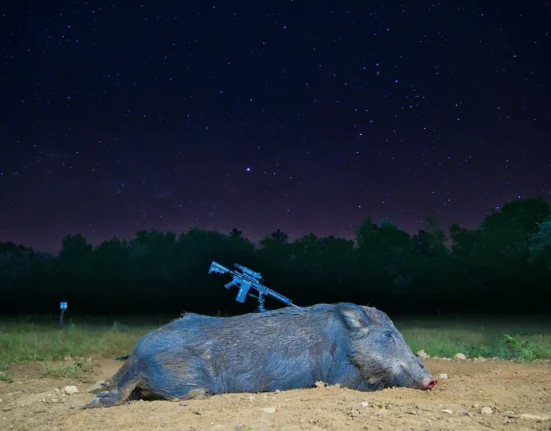Victorians are staring down the barrel of a challenging winter as forecasts predict a prolonged fire season ahead. This warning comes on the heels of an exceptionally warm and dry autumn that has left large swathes of the state parched and vulnerable to bushfires.
As south-west Victoria grapples with ongoing drought conditions, the Bureau of Meteorology has issued projections indicating above-average temperatures during both daytime and nighttime across most parts of Australia throughout the winter months. Andrew King, an associate professor specializing in climate science at the University of Melbourne, emphasized the gravity of these changing climatic patterns by stating,
“The climate is changing, and the world is warming.”
Glen Clark, who runs a business focused on cross-country skiing and snowshoeing at Hotham, expressed concerns about the impact of climate change on his livelihood. Reflecting on past years with bountiful snowfall contrasted with this year’s less promising outlook, he lamented how unpredictable nature has become due to shifting climate trends. Clark’s sentiments underscore the challenges faced by small operators reliant on seasonal weather patterns.
Climate scientist David Karoly highlighted a concerning trend over recent decades showing consistent decreases in average snow cover, depth, and duration of the snow season. The absence of substantial snowfall crucial for building a resilient snow base has been attributed to higher-than-average temperatures prevailing in many winters.
Moreover, anomalous warm and arid conditions have plagued regions like South Australia, prompting warnings about elevated bushfire risks in various parts of Victoria alongside unseasonable weather phenomena. The continent’s environmental woes extend beyond land as marine heatwaves have wreaked havoc on aquatic ecosystems along Australia’s coastal areas.
The connection between climate change-induced heatwaves and ecological disturbances is unmistakable
according to experts like King.
While attributing specific rainfall events solely to global warming may pose challenges, scientific consensus points toward an atmosphere capable of holding increased moisture due to rising temperatures.
In light of prevailing dry conditions across Victoria and South Australia, firefighting authorities remain vigilant against potential bushfire outbreaks despite entering into winter. Garry Cook from Country Fire Authority emphasized that dry vegetation coupled with windy conditions could fuel rapid fire spread even during cooler months when public awareness might wane.
Meteorologist Ben Domensino painted a grim picture for 2025 as persistent drought conditions raise concerns about an extended fire season stretching into winter itself. Lingering organic soil fires from previous seasons could reignite under favorable weather conditions later in the year—posing additional threats across fire-prone regions like Tasmania.
As communities brace themselves for what appears to be an arduous period ahead, concerted efforts towards sustainable environmental practices and preparedness will be paramount in mitigating potential disasters amidst a changing climate landscape.









Leave feedback about this